The migrant experience

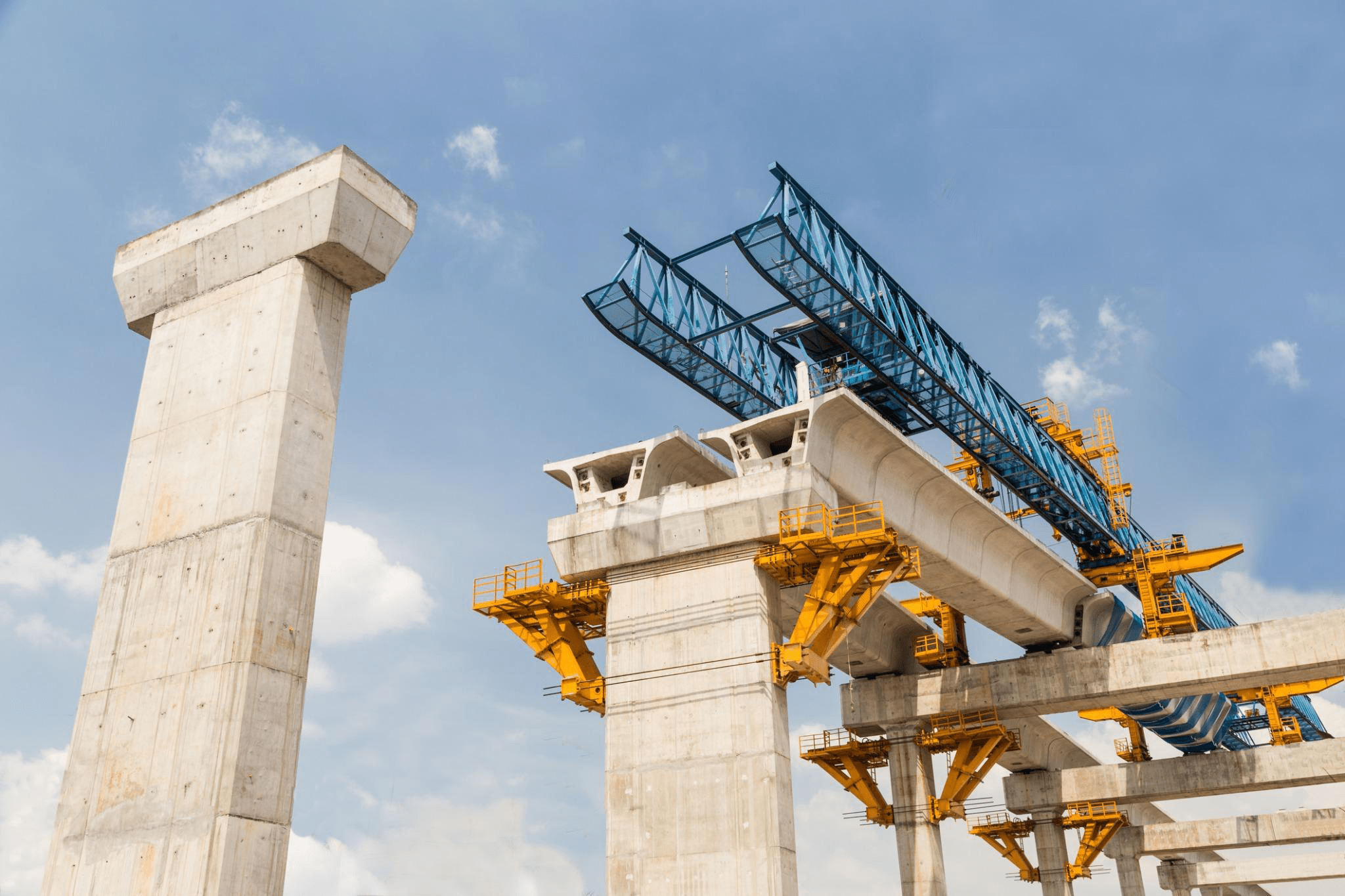
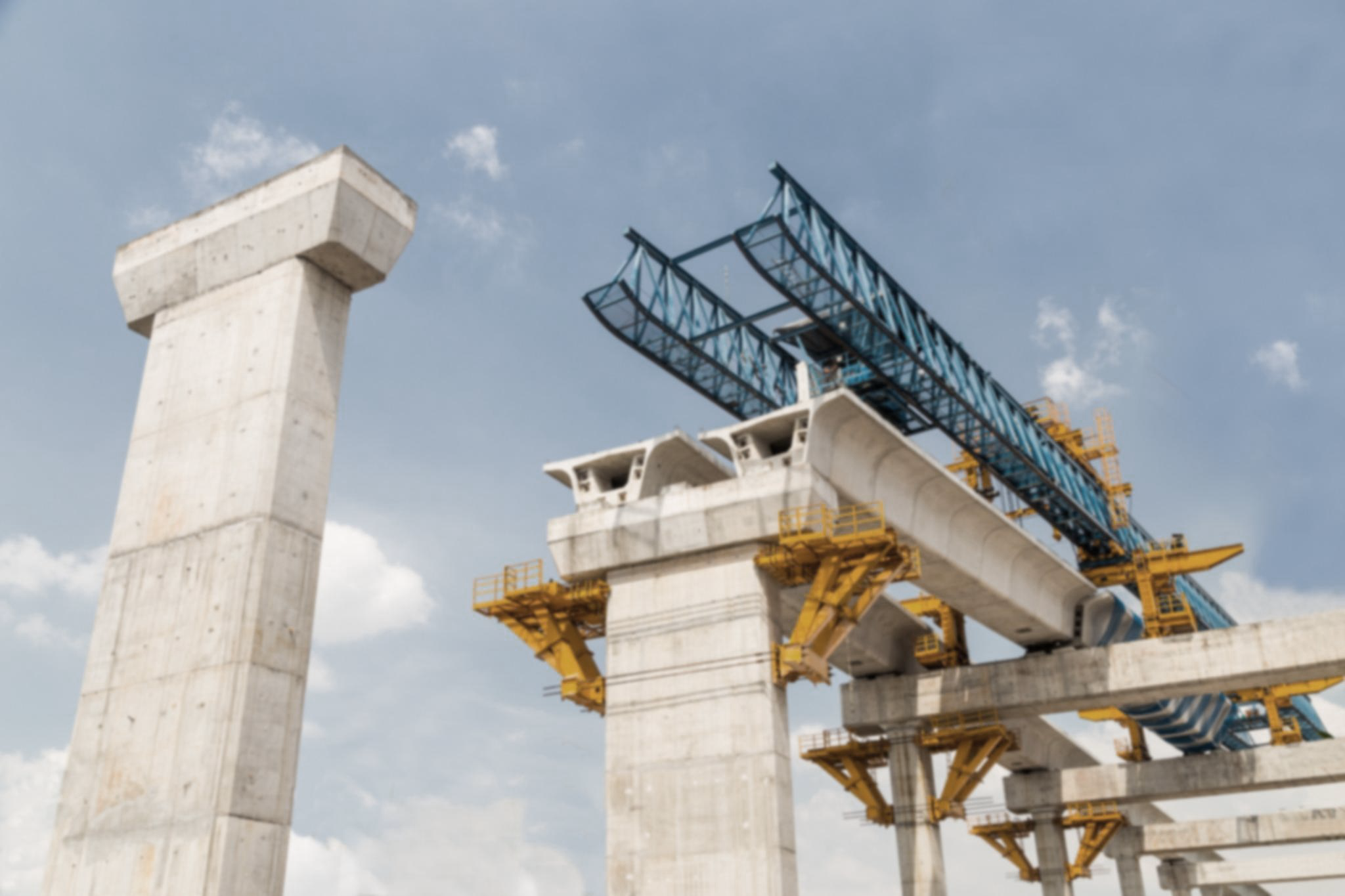
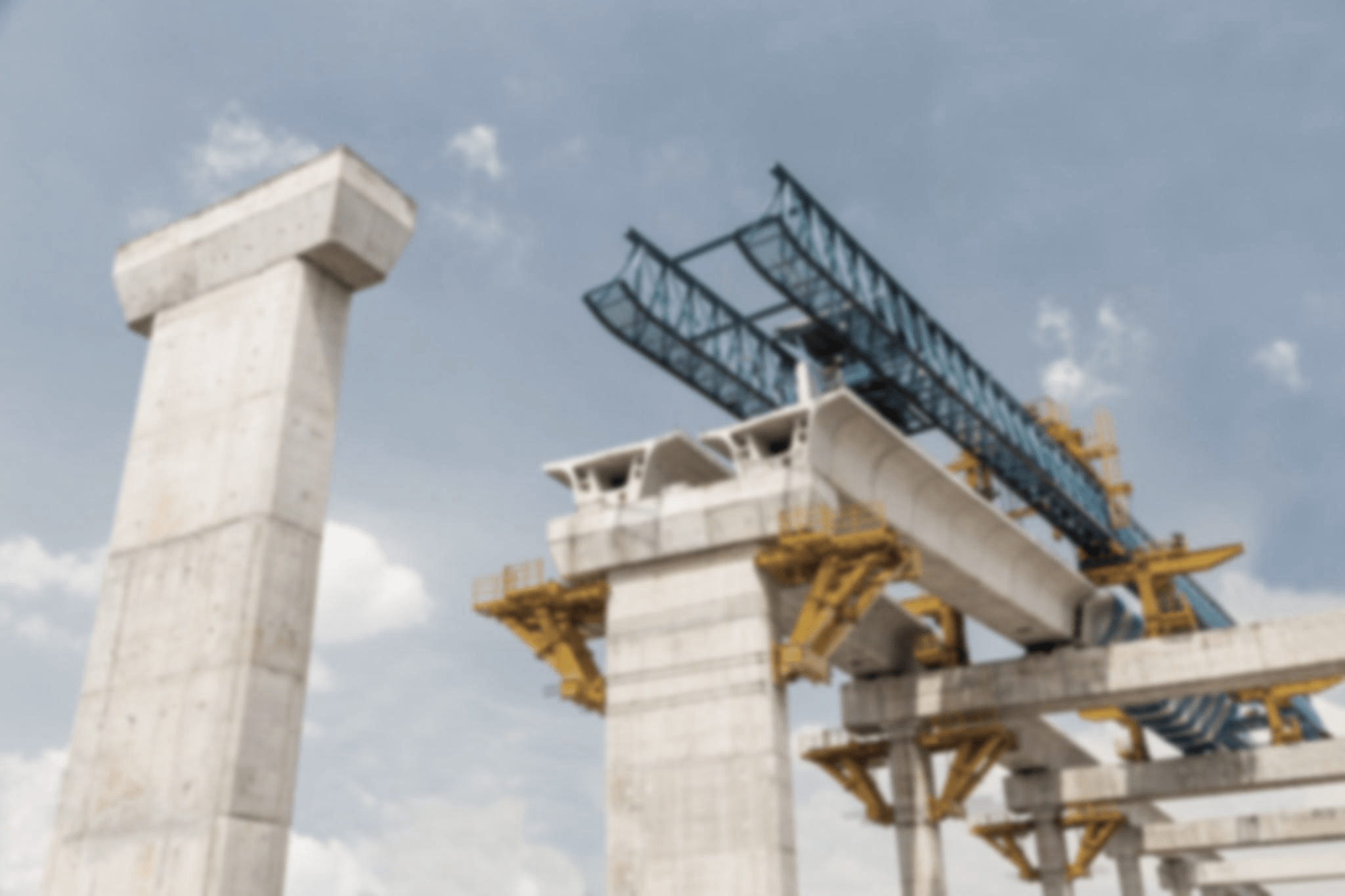


When Gaudioso Jr Balot MIEAust CPEng sat for his engineering licensure exam in the Philippines, he was among the top 20 per cent of his university cohort.
But when he came to Australia in 2005, he felt like “an impostor" in his own profession.
“My wife kept encouraging me to go back to engineering, but it was heartbreaking.”
With only $1000 in the bank and living with relatives, Balot worked as a labourer before finding a job in a factory.
So why do so many barriers remain between migrant engineers and meaningful employment in Australia?
By Caroline Riches, Joseph Harding, Lachlan Haycock and Heath Dunn
While not all overseas-qualified engineers struggle to find engineering positions, many do – despite the fact the existing workforce consists of more migrant engineers than local engineers.
Almost three in five engineers working in Australia were born overseas, according to Engineers Australia’s research report Barriers to employment for migrant engineers.
“Australia is highly reliant on migrant engineers,” Michael Bell AffillEAust, Head of Policy at Engineers Australia, told create. “We have a lot of challenges developing engineers locally. Engineering university commencements have been declining since about 2018.
“While we’re working as a country to improve that, it’s going to take time.”
Australia produces the second-lowest percentage of engineering graduates across the G7, ahead only of the US, according to OECD data. Meanwhile, the need for engineers is only increasing due to major government investments under the Future Made in Australia agenda.
“With the transition to net-zero emissions and the broader energy transition, the rise of artificial intelligence and the drive to increase onshore manufacturing, we require specialised engineering skills,” Bell said.
Fortunately, Australia attracts many migrant engineers. In the program year up to May 2024, the country granted 2931 temporary visas and 8574 permanent and provisional visas to engineers, recognising their qualifications through the Washington, Sydney and Dublin Accords.
India, China, the United Kingdom, the Philippines and Sri Lanka were the top countries of origin, according to the 2021 Census.
“We’re certainly an attractive nation, with our high salaries, good weather and beaches,” Bell said. “Engineers clearly want to come here. But while we seem to be able to get the skills in, in many cases, our migrant engineers aren’t using them.”
Despite being overseas-qualified and issued with visas for their skills, only around 40 per cent of skilled migrant engineers in Australia are employed in an engineering role.
The Barriers to employment report identified issues such as a lack of local knowledge and experience, perceived cultural differences in soft skills, visa or sponsorship issues, a lack of local references, certification queries, flight risk concerns, and a tendency to hire within networks for senior roles.
Bell describes these barriers as a “challenge that needs to be addressed”.
“If we don’t overcome the barriers to employment migrant engineers face, we will be a less appealing country to come to.”
But where do Australian engineers come from? What are the routes into the profession? And what causes engineers to leave the profession?
The majority of engineers who undertake engineering study in Australia are domestic undergraduate students, although international postgraduates form a sizeable portion.
Some of these students leave their degrees, move overseas or take up study in another field.
Of the engineering students who do end up completing their degrees, many are departing international students who soon return home.
Here's where skilled migrants, either permanent or temporary, come into play. They help to bolster the engineering workforce available to practice in Australia.
Of the more than 15,000 engineers available to practice, however, only a portion do so on an ongoing basis. There are always other factors influencing the decisions of engineers.
Please note this diagram is indicative only, providing provisional figures and best estimates from the data and research available. It is provided to illustrate the magnitude of inflows and outflows each year, and is not an exact representation of the number of people entering and exiting the profession.
Matching skills
to needs
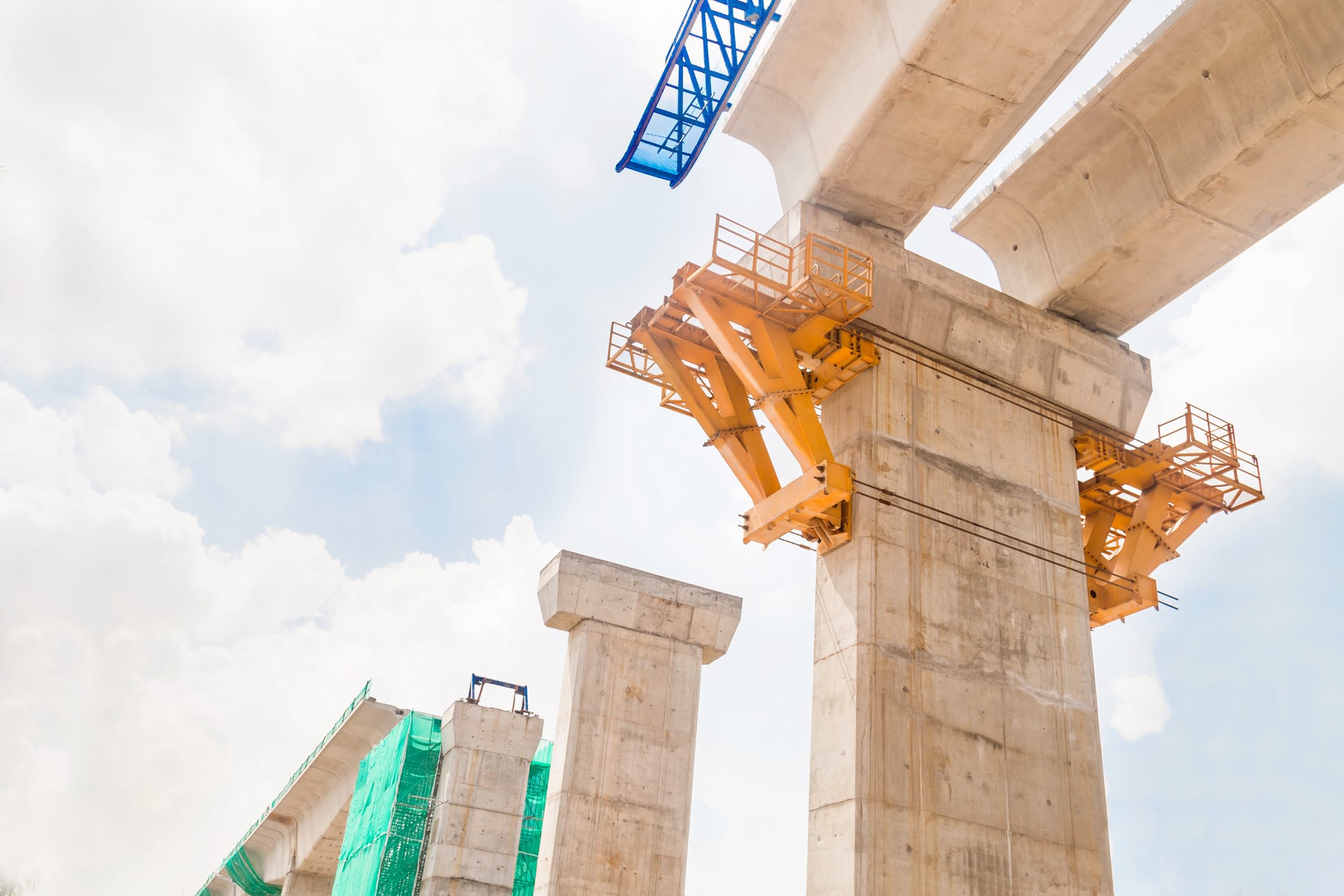
The government is currently overhauling its migration program to attract and retain skilled migrants crucial for Australia’s long-term prosperity, and has sought public input on how to reform the points test to better identify these individuals.
In a May submission to the Department of Home Affairs, Engineers Australia recommended prioritising necessary skills and experiences in the points test, including bonus points for skills in priority industries like renewable energy.
“There’s a breadth to engineering; it’s one thing to say Australia needs mechanical engineers, but where do we need them?” Bell said. “We need to ensure migrant engineers have the experience that we’re lacking because that will make them in-demand, while ensuring we get the skills we really need.
“We should also consider visas and ensure migrant engineers aren’t tied to a region that doesn’t have a lot of engineering work.”
A spokesperson for the Department of Home Affairs told Engineers Australia that its aim is to better align the skills of incoming migrants with Australia’s needs.
“Skilled migration reforms announced in the Migration Strategy [released 11 December 2023] will better connect skilled migrants to Australia’s skills needs, helping to reignite productivity growth, which will ensure rising living standards, business growth and better wages,” they said.
Australia also encourages international students who graduate locally to remain in the country through its Professional Year in Engineering program. This initiative, which includes experience-rich workplace internships, helps improve employment outcomes and boasts an employment rate for engineering graduates who complete the program of above 80 per cent.
With a lack of local experience identified as a significant hurdle in the Barriers to employment report report, Engineers Australia created a Global Engineering Talent (GET) Program in 2023 to help migrant engineers find rewarding employment in their field more quickly while supplying businesses with a steady stream of skilled candidates.
To be eligible, engineers must have a relevant degree and three years of overseas experience in the field, with Engineers Australia matching their skills to appropriate employers.
The 18-week program includes six weeks of online training on Australian standards in work, health and safety, technical terminology and engineering project operations, followed by a paid work placement. The program is employer-funded, with additional support from the Queensland and Northern Territory governments. Engineers Australia has also called for national funding for the initiative.
“The long-term objective of the GET Program is to change the narrative around migrant engineers,” Shellie McDonald, Senior Manager of Engineering Talent at Engineers Australia, told create.

The feedback from employers has been positive. “They’ve told me that the program is enlightening and gives them a better understanding of overseas experience and engineering qualifications,” McDonald said.
While there’s no guarantee of employment with the host employer after the placement, 90 per cent of participants from the first pilot were offered further opportunities with host employers.
“Even if they aren’t, they will at least have 12 weeks of Australian experience on their resume, plus a year of Engineers Australia membership for further training and networking,” McDonald said.
To date, more than 200 engineers have registered for the program, with 17 companies on board. Anchery, who took part in the program, found the experience transformative. After applying, she was selected by PTG Group for a placement.
“I felt so lucky. Even if I wasn’t offered a permanent position, I would at least have a three-month experience working in Australia, which was a big deal,” she said.
She said the online training provided a “broad view” before entering her workplace. While she was initially nervous at the start of her placement, her experience was positive.
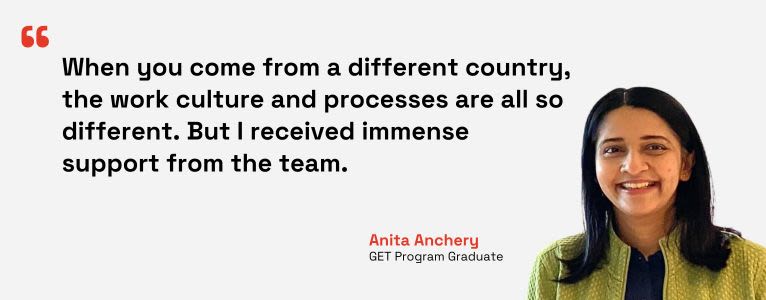
Anchery was actively involved in various projects and appreciated the exposure to both offsite and onsite work.
“By the time the three months were up, I was sure this was what I wanted to do and this was the company I wanted to work for,” she said.
Post-placement, PTG offered Anchery a permanent role on its Brisbane structures team.
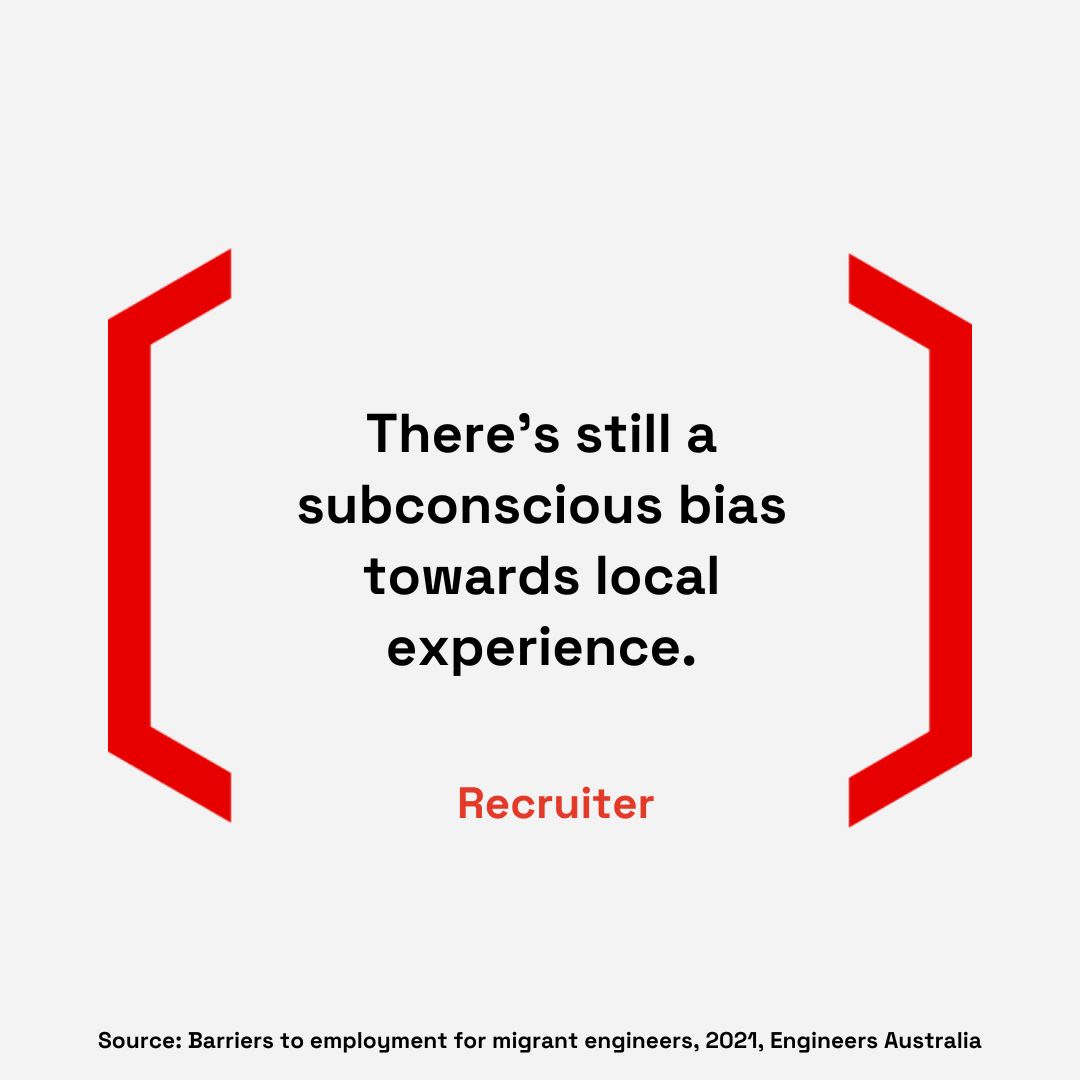

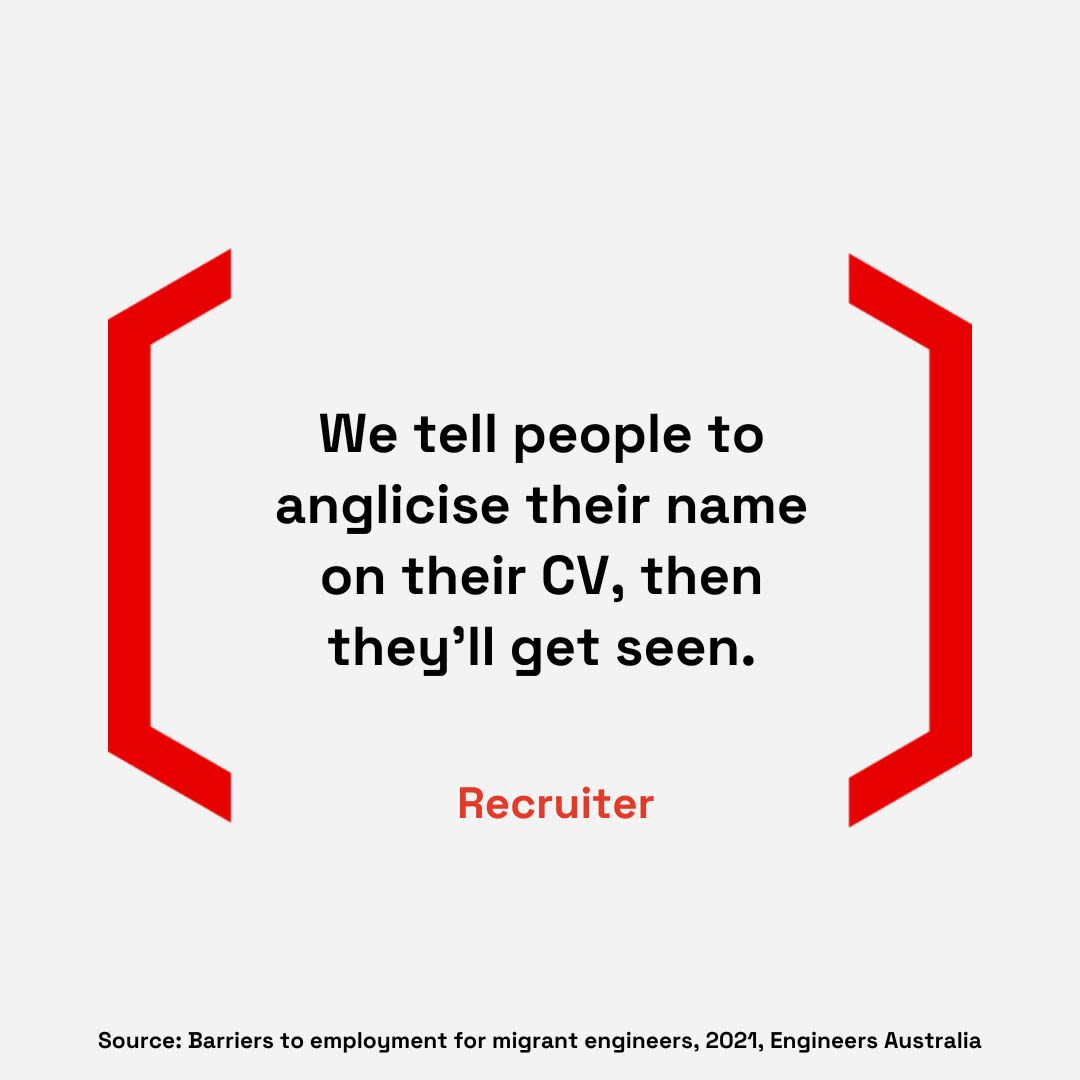

The power of diversity
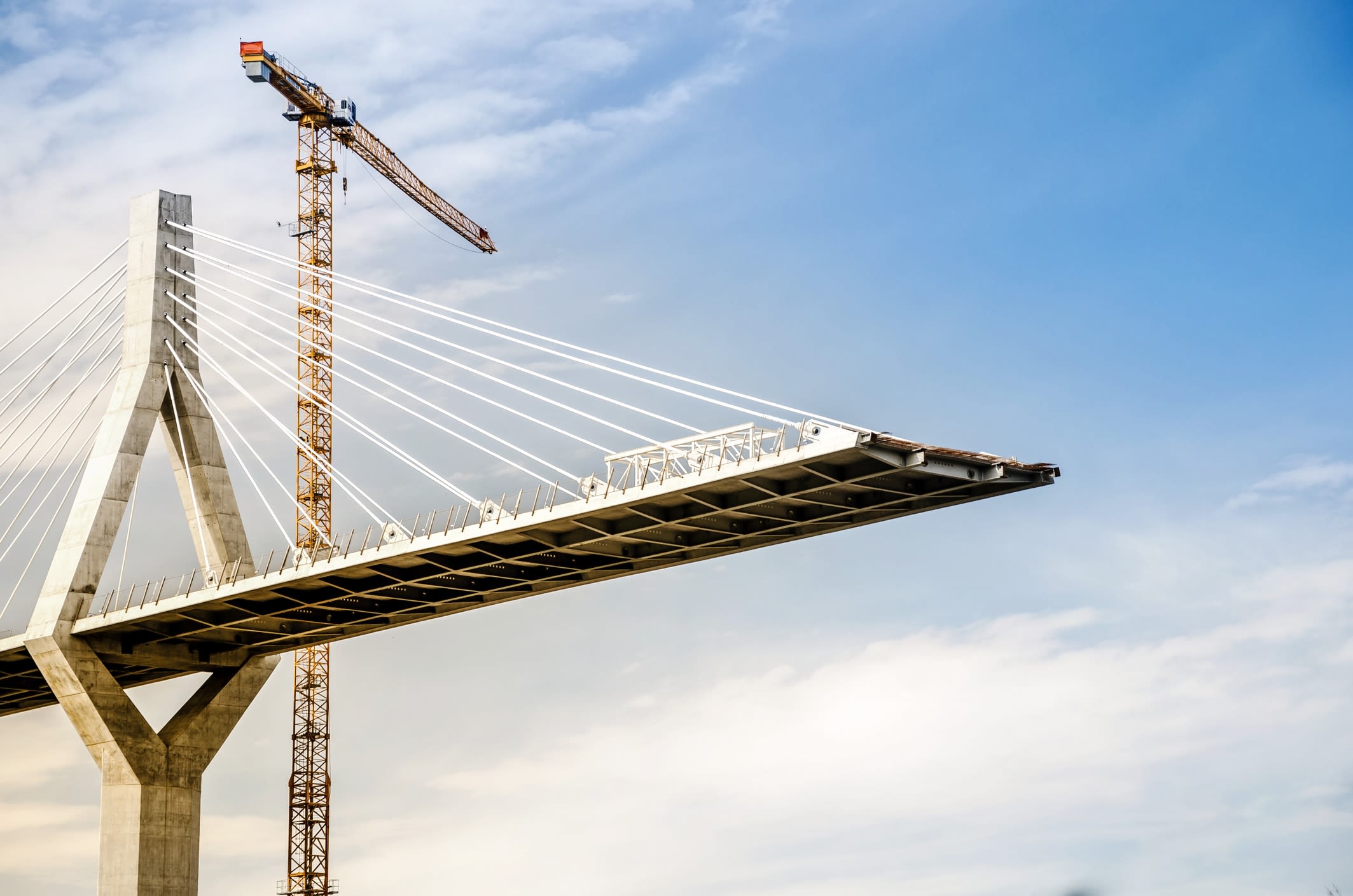
PTG Group CEO Jamie Alonso is proud that his company was the first employer host of the GET Program and praises Anchery as a “fantastic” addition to his team.
“We were struggling to find talent so jumped on board right from the start,” he said. “It was great to see Anita’s readiness, enthusiasm and excitement about joining the team, which is a great reflection of the GET program.”
He said PTG will continue to assess talent through the program.
“We’re constantly evaluating who we need to recruit for our growth goals and we will keep looking into the program for candidates, given its positive impact for us. It’s great to have access to a wider talent pool.”
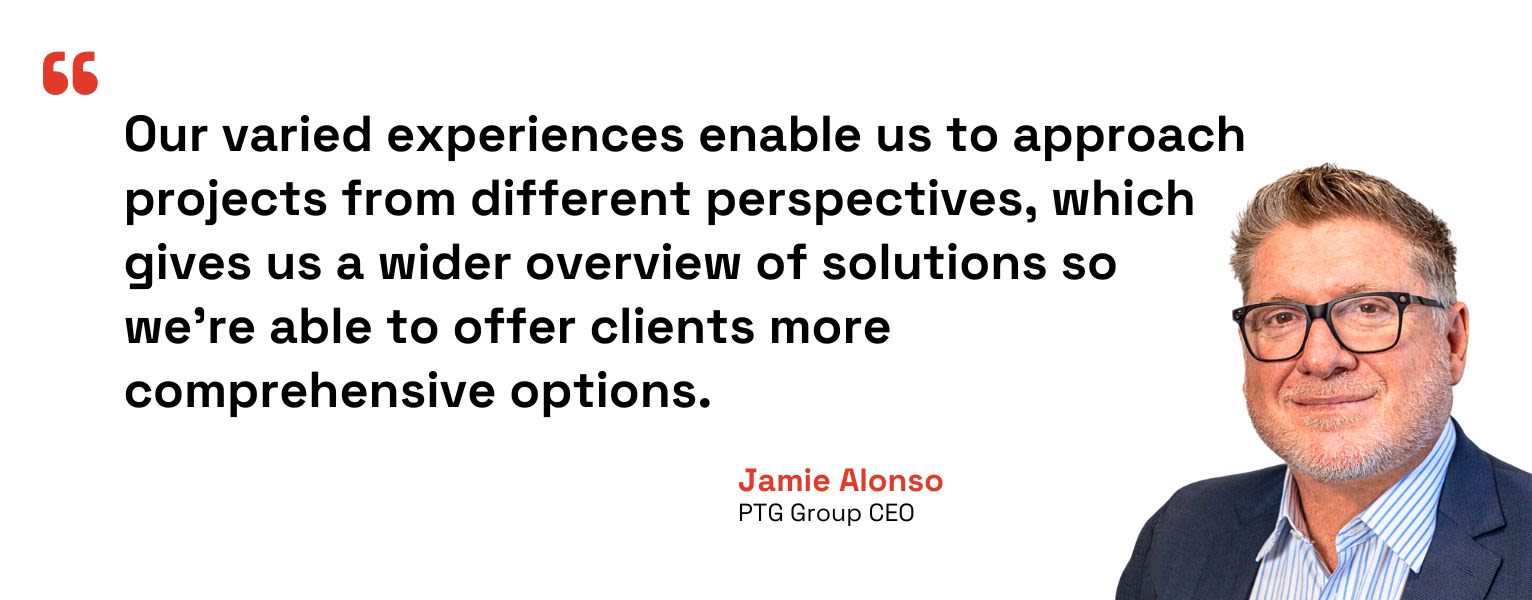
Alonso added there’s “often an unconscious bias that migrant engineers may not meet the required standards”, which the GET Program helps to dispel.
“The beauty of the program is that Engineers Australia vets the candidates and validates their qualifications, ensuring they are technically proficient. Having the tick from Engineers Australia makes the decision easier.
“The nine-week trial not only lets us assess the individual but also allows them to decide whether they like our company and culture. It works really well.”
As a migrant himself from Spain, Alonso loves how the GET Program promotes diversity.
“When you look at our most successful offices, they often have significant cultural diversity within the workforce. Our varied experiences enable us to approach projects from different perspectives, which gives us a wider overview of solutions so we’re able to offer clients more comprehensive options.”
Hydro Tasmania, meanwhile, was the first employer in Tasmania to join the GET Program, selecting Surendran Rajindram, a mechanical engineer from Malaysia. Rajindram completed an internship with the major projects team, which is working to expand the island state’s hydropower capacity.
Laura Jacques, People and Culture Manager, said Rajindram “absolutely smashed it”.
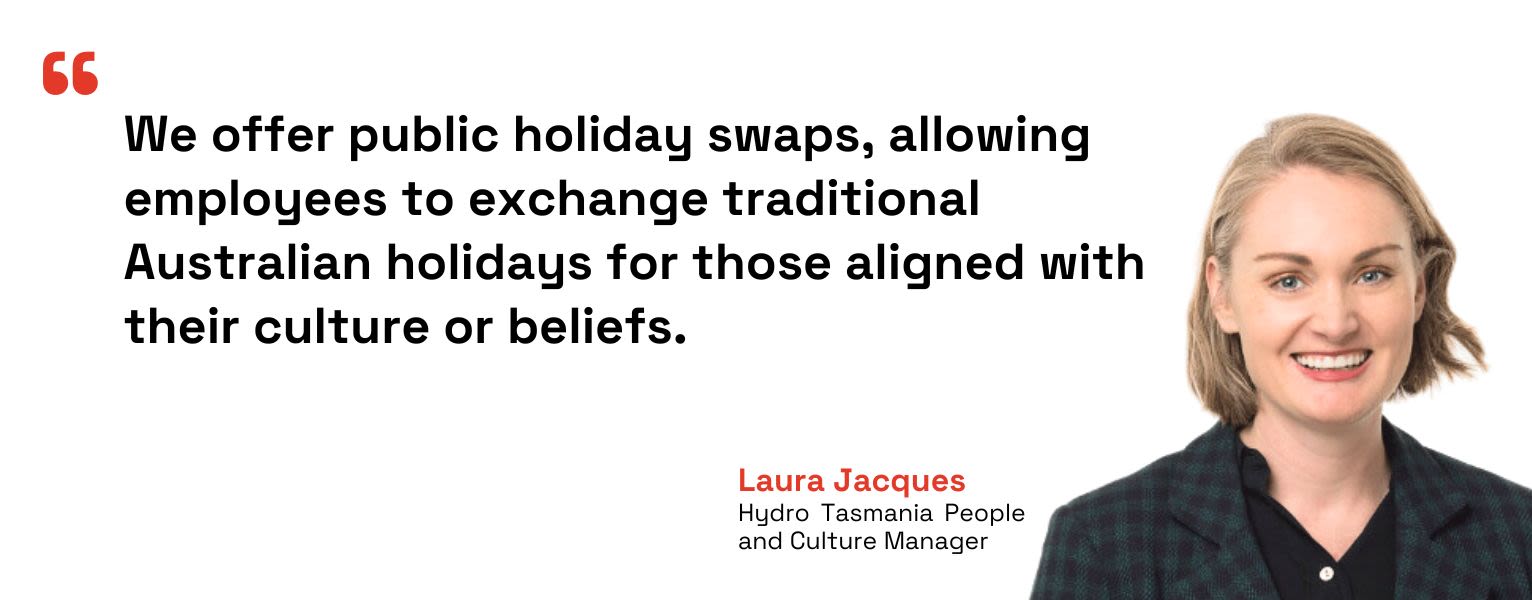
“He’s been a fantastic addition to the team and a valued contributor. We’ve now extended him an offer of full-time employment.”
Jacques said skilled migrants have a lot to offer Australia, but are often overlooked because they don’t have local experience.
“Australian employers are less familiar with overseas employers, so migrants don’t get a fair go compared to those educated and employed locally. This is an injustice we wanted to address. Skilled migrants bring diverse perspectives that enhance our culture and the quality of work.
“We’re very excited about our ongoing partnership with Engineers Australia and we look forward to continuing to support this important initiative.”
She added that once recruited, it’s crucial for Australian employers to support overseas-qualified employees through diversity and inclusion initiatives.
“At Hydro Tasmania, we offer public holiday swaps, allowing employees to exchange traditional Australian holidays for those aligned with their culture or beliefs. We also provide training on respectful workplace behaviour and creating an inclusive environment.”
Jacques said employers should recognise the skills and value of overseas-qualified individuals and tap into the deep talent pool of skilled engineers. “If employers hire an engineer with overseas qualifications, they will be gaining a valuable employee and helping to break down barriers to employment for skilled migrants.”
McDonald said the GET Program gives Australia an opportunity to raise the profile of engineering and build a more diverse workforce that includes more women and migrants.
“We know that diversity enhances innovation and boosts business outcomes, and we know that it improves staff engagement, so it helps to both attract and retain employees. To build a more diverse workforce, we need migrant engineers. We need their global experience.”
However, McDonald noted that companies must ensure their HR processes are inclusive.
“You hear the good stories when a company has employed a migrant engineer and says how great they are, but often there’s still an unconscious bias through the recruitment process.”
Scoring a break
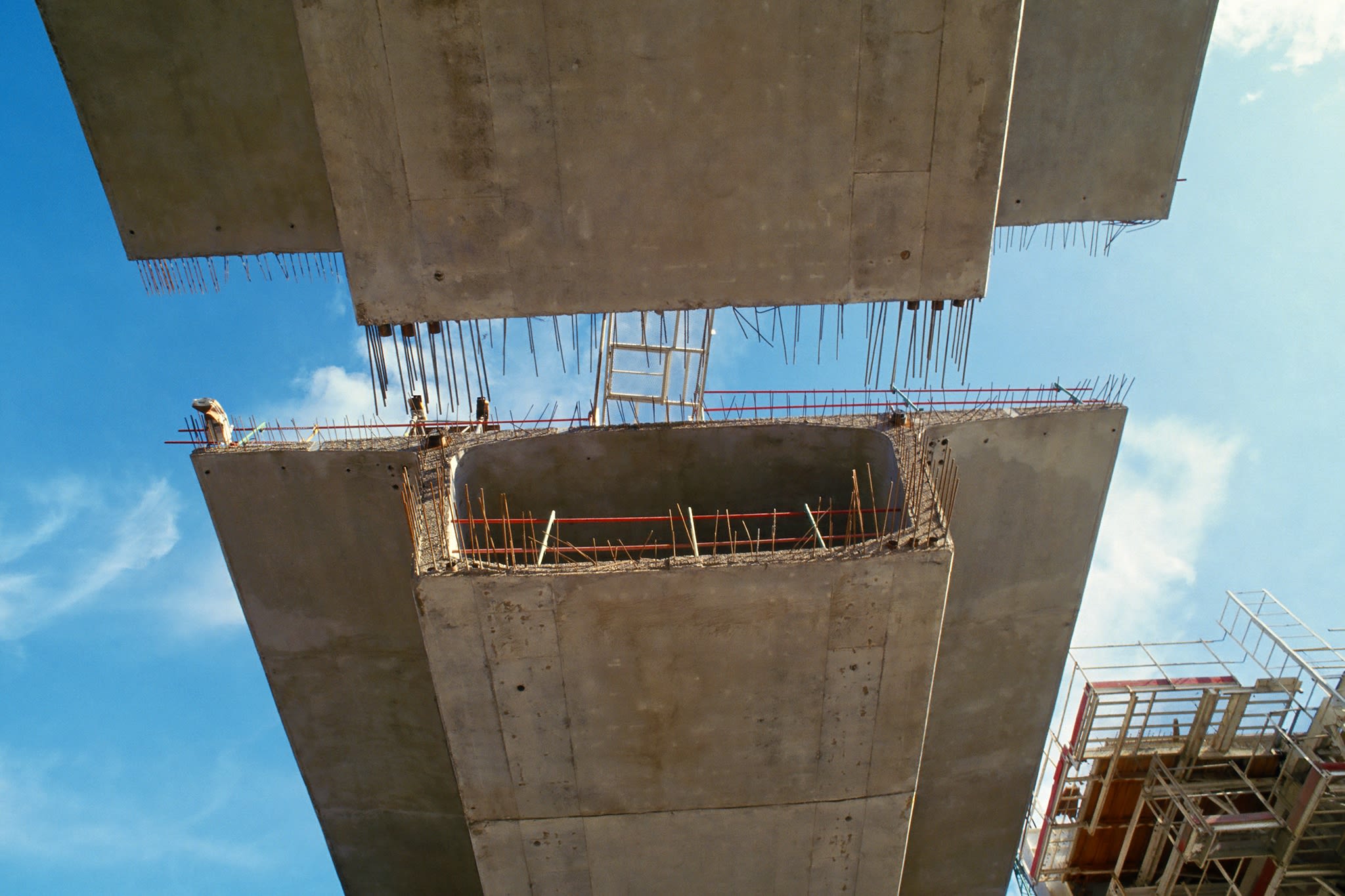
Anchery hopes more companies will sign up for the GET Program to help integrate more migrants into the engineering workforce.
“To find a job, migrants just need that first opportunity. There are many migrant engineers who are capable of making a difference in Australia but like me, they simply have no idea how to.”
After seven years of struggle and hard work in Australia, Balot also had success in scoring an engineering role. He decided to return to university to study English as well as structural engineering. After graduating, he joined Engineers Australia as a graduate engineer and progressed through the organisation’s competency standards to become Chartered.
He then landed a job in the private sector as a draftsperson, before moving to Sydney Trains where he’s worked for six years, first as a Design Officer then as a Design Engineer.
“It took me a very long while to get back on the right track, but I was determined, and what I’ve achieved makes me happy,” he said.
Balot is now leader of the Sydney Migrant Engineers support group, and is passionate about helping engineers with overseas qualifications transition into engineering careers in Australia through training workshops and networking opportunities.
“When I arrived in 2005, I didn’t know where to go for help. Now I want to guide other migrant engineers to stay in the profession, to do their best to make it work,” he said.
“I hope that one day we can break down these barriers to employment so we have a good balance of migrant and homegrown engineers. There are so many opportunities in Australia for engineers to learn and do what they love.”
More from create
Read more stories of personal resilience, careers in engineering and the future workforce:
7 tips to help migrant engineers get started in Australia
For many overseas-qualified engineers granted visas to Australia, navigating the job market can be confusing.
In conversation: High-school students and a leading water engineer
High schoolers discuss with a leading water engineer what role engineering plays in their future.
Why these Australian engineers have made it big overseas
For some engineers, curiosity and a thirst for innovation drive them to venture far from home.







